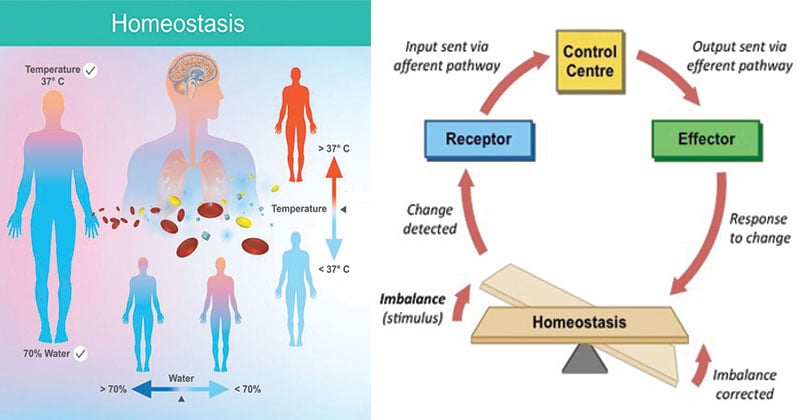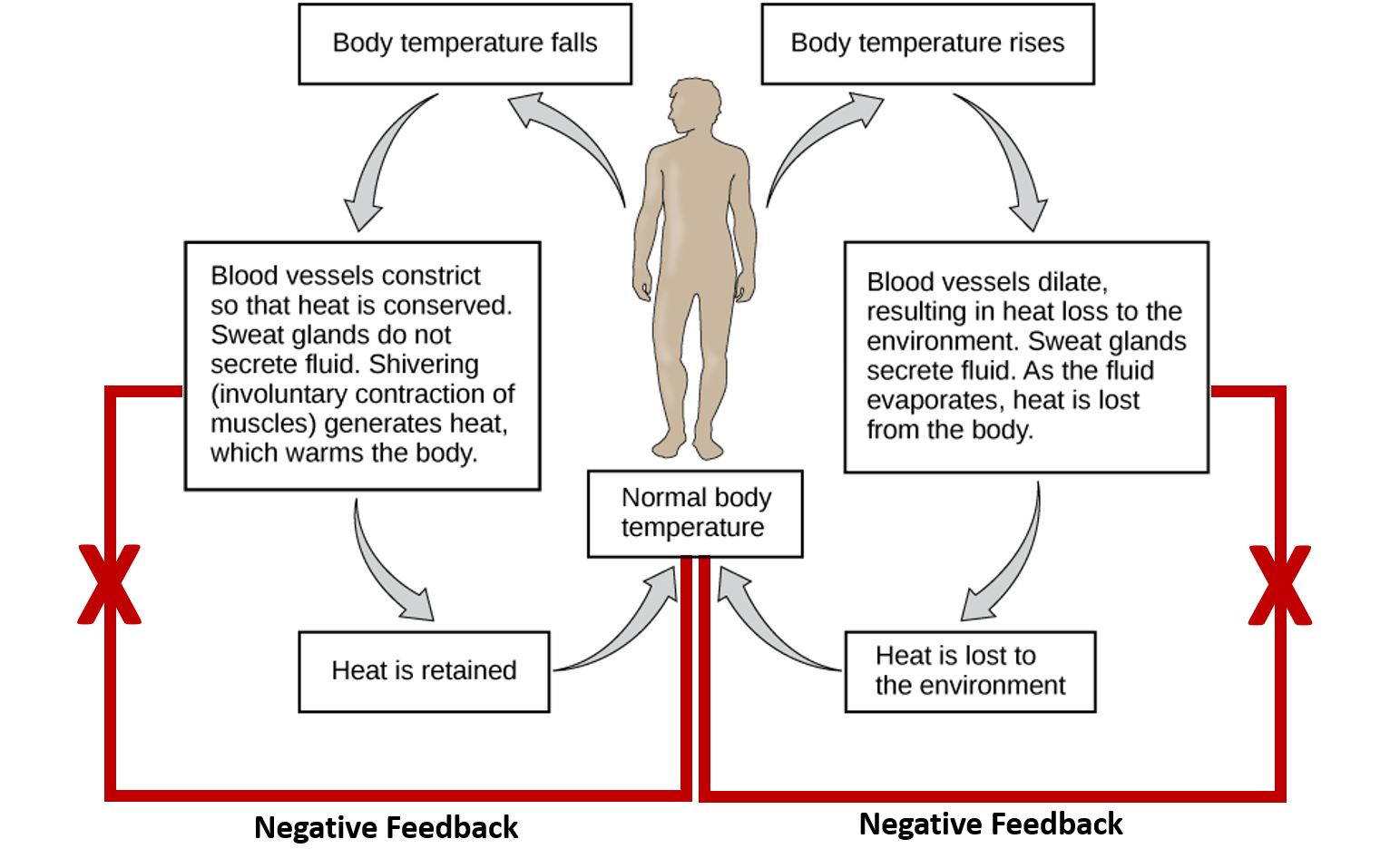The Human Body Strives To Adjust To Conditions That Are
17.1) Homeostasis is the body's ability to maintain stable internal conditions despite external changes. It involves various physiological processes that work together to regulate temperature, pH levels, blood sugar, and more. This equilibrium allows the body to function optimally, ensuring survival and health.
17.2) Homeostatic imbalance can lead to disease. When the body's regulatory systems fail to maintain internal stability, it can result in various health disorders. For instance, disruptions in metabolic homeostasis can lead to conditions like diabetes, while imbalances in immune responses can lead to autoimmune diseases.
17.3) The human body regulates temperature through a process involving the hypothalamus, blood vessels, and sweat glands. When the body temperature rises, the hypothalamus triggers sweat production and vasodilation to release heat. Conversely, when the body is cold, vasoconstriction occurs to conserve heat, and shivering generates additional warmth. This intricate mechanism helps maintain the body's temperature within a narrow range despite external fluctuations, ensuring optimal physiological function.
Work fast from anywhere
Stay up to date and move work forward with BrutusAI on macOS/iOS/web & android. Download the app today.


